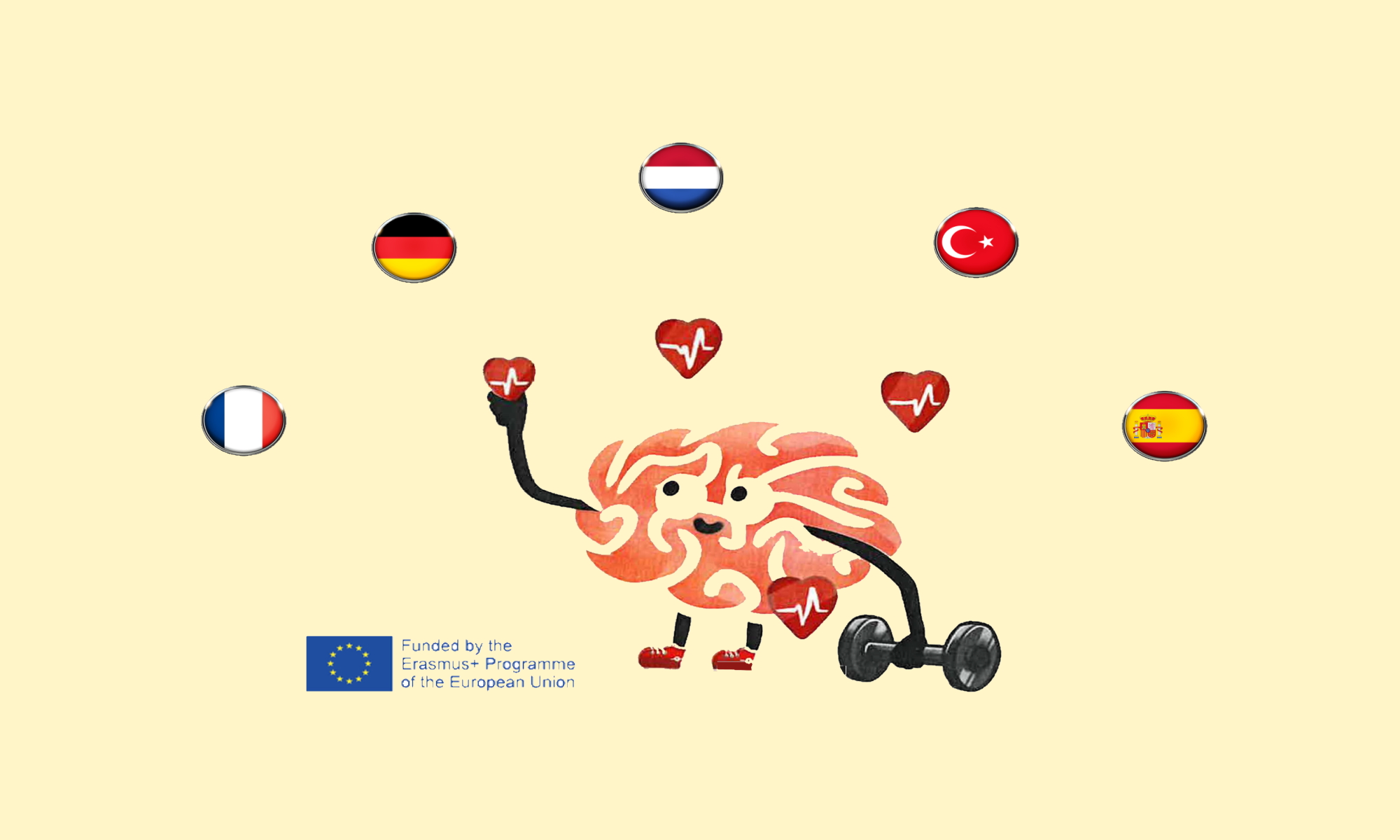In a survey (mostly quantitative, but also qualitative) completed by all students participating in the program, the current situation of internet use was discovered. We chose to have the same survey for every country, but to have country- specific questionnaires. In this way, each school does get a picture of internet use and abuse at their individual school. Furthermore, it was possible to compare the use of mobile phones and the internet across the different participating countries.
At each school, students looked at the results of “their” survey. They critically assessed and interpreted the data, also taking into account theoretical knowledge (e.g. the results and explanations of “professional” surveys conducted by, for example, psychologists).
The students then shared the most interesting findings of their national surveys with their peers during the meeting. The different presentations of results showed many similarities between young people across Europe – but also interesting differences. For example, the preferred apps for communication among students differed. While all used the same apps (Instagram, Snapchat, WhatsApp etc.), the percentages of which app was used the most was significantly different. One possible explanation / assumption was that in areas where the speed of the internet is slower and where internet availability might not be as reliable, picture based communication (Snapchat, Instagram) could slow down communication. So for quick communication, mostly text-based apps are preferred. For “only” social contacts, however, apps with an emphasis on the exchange of pictures are given a preference.
